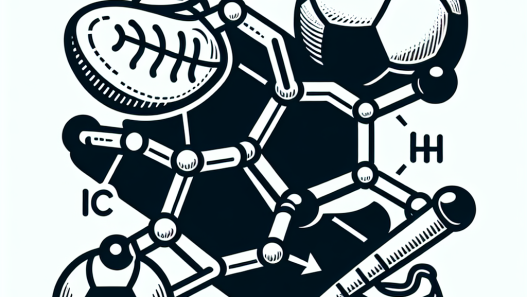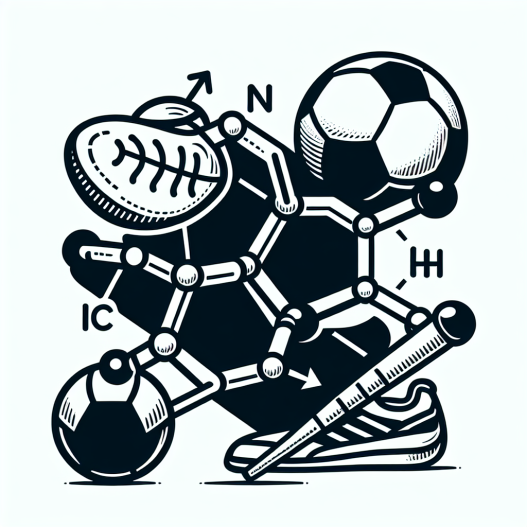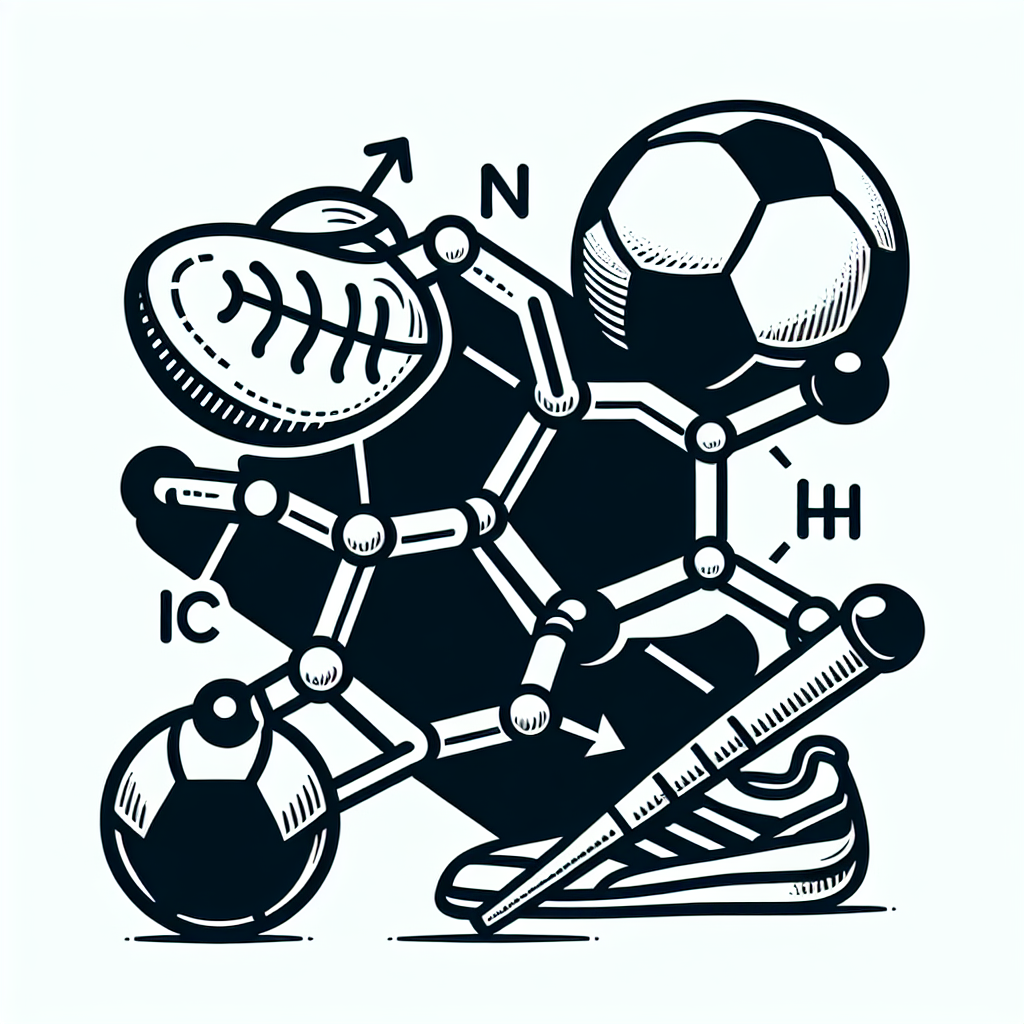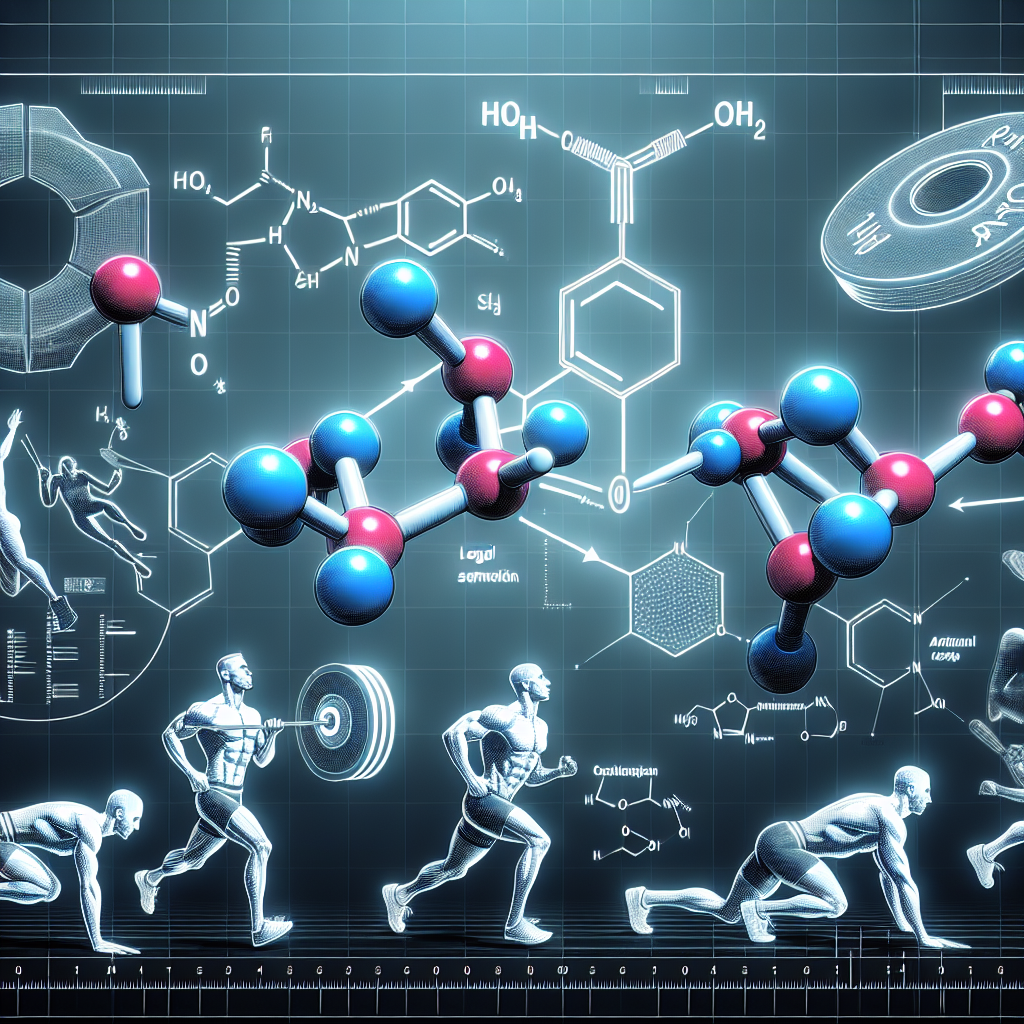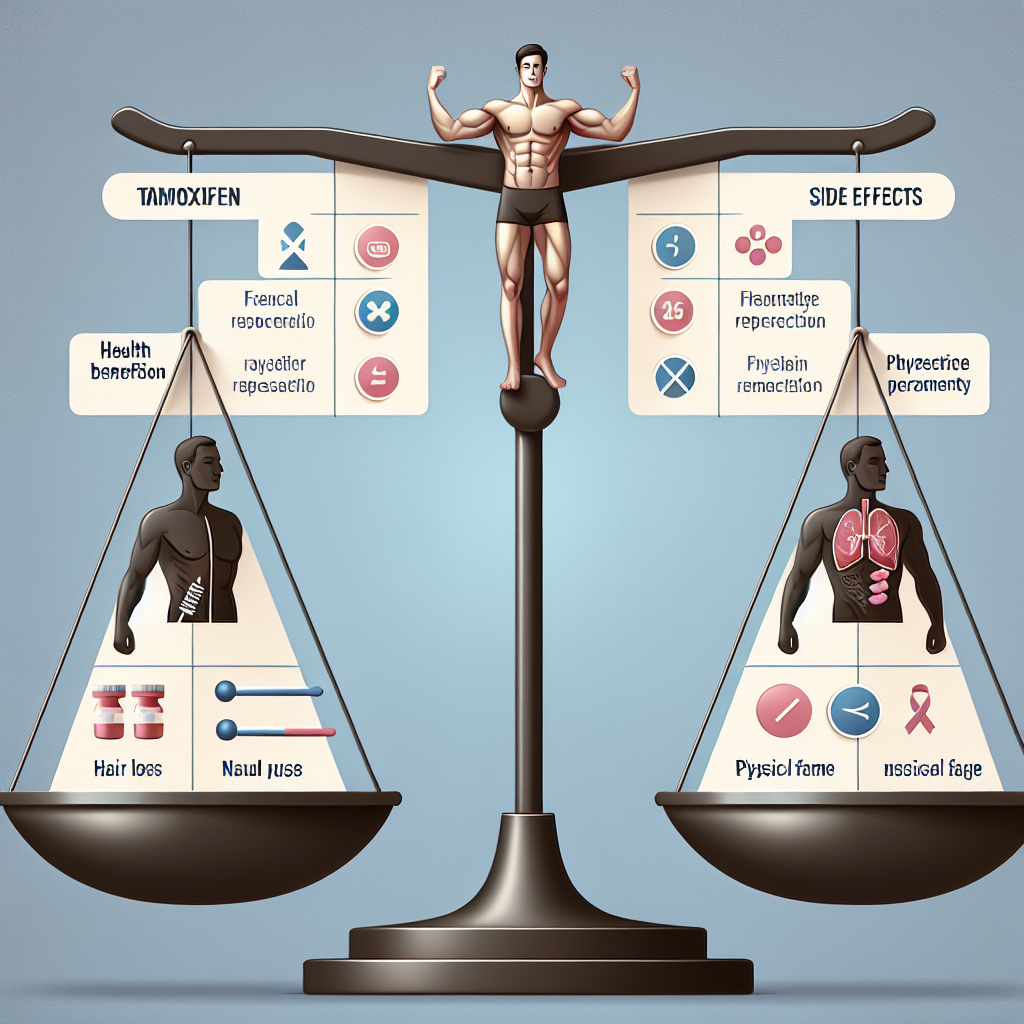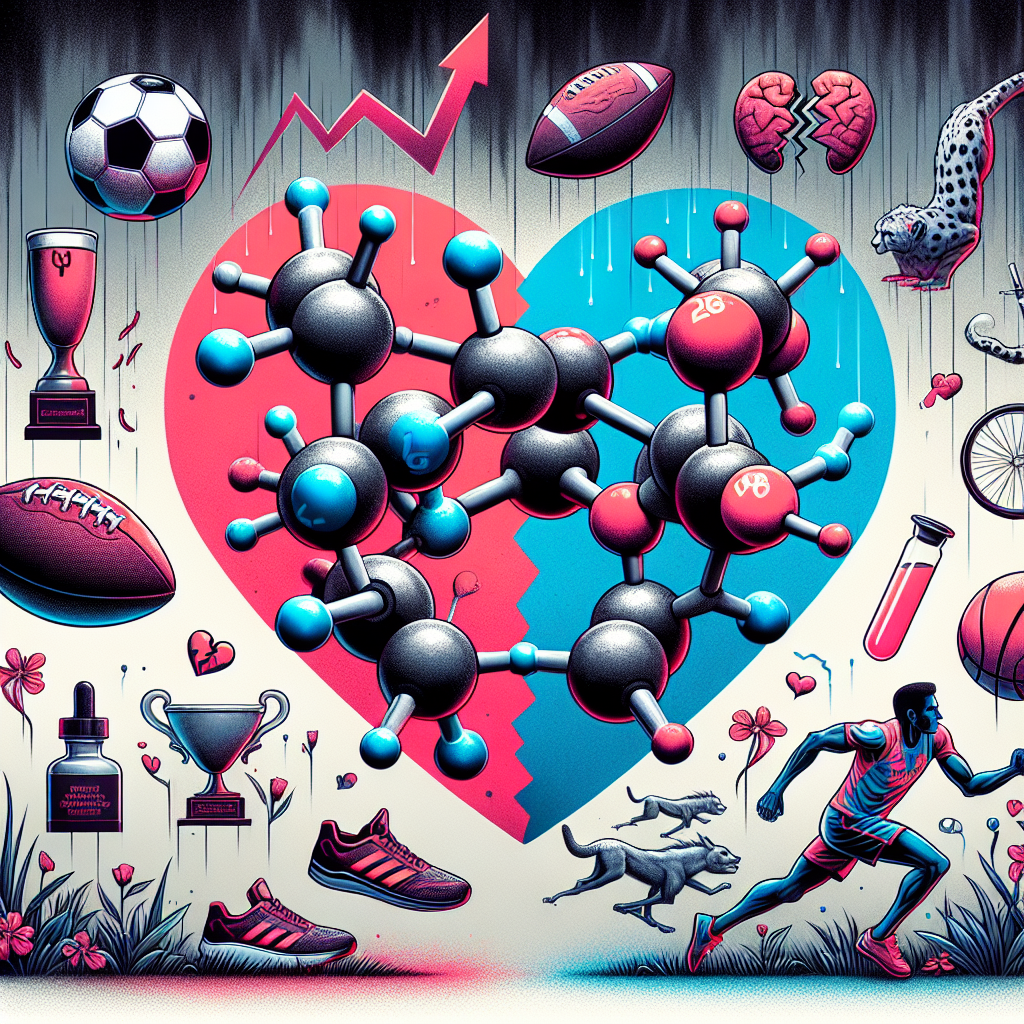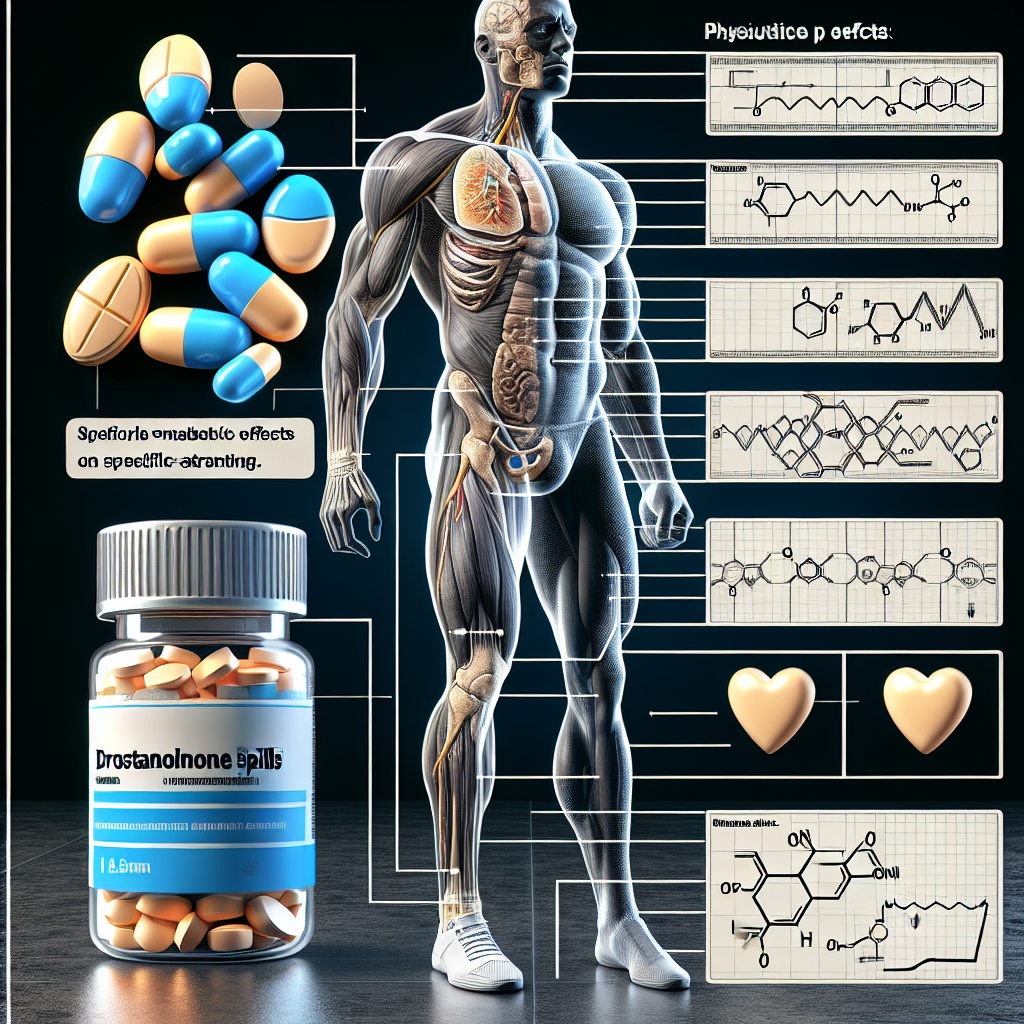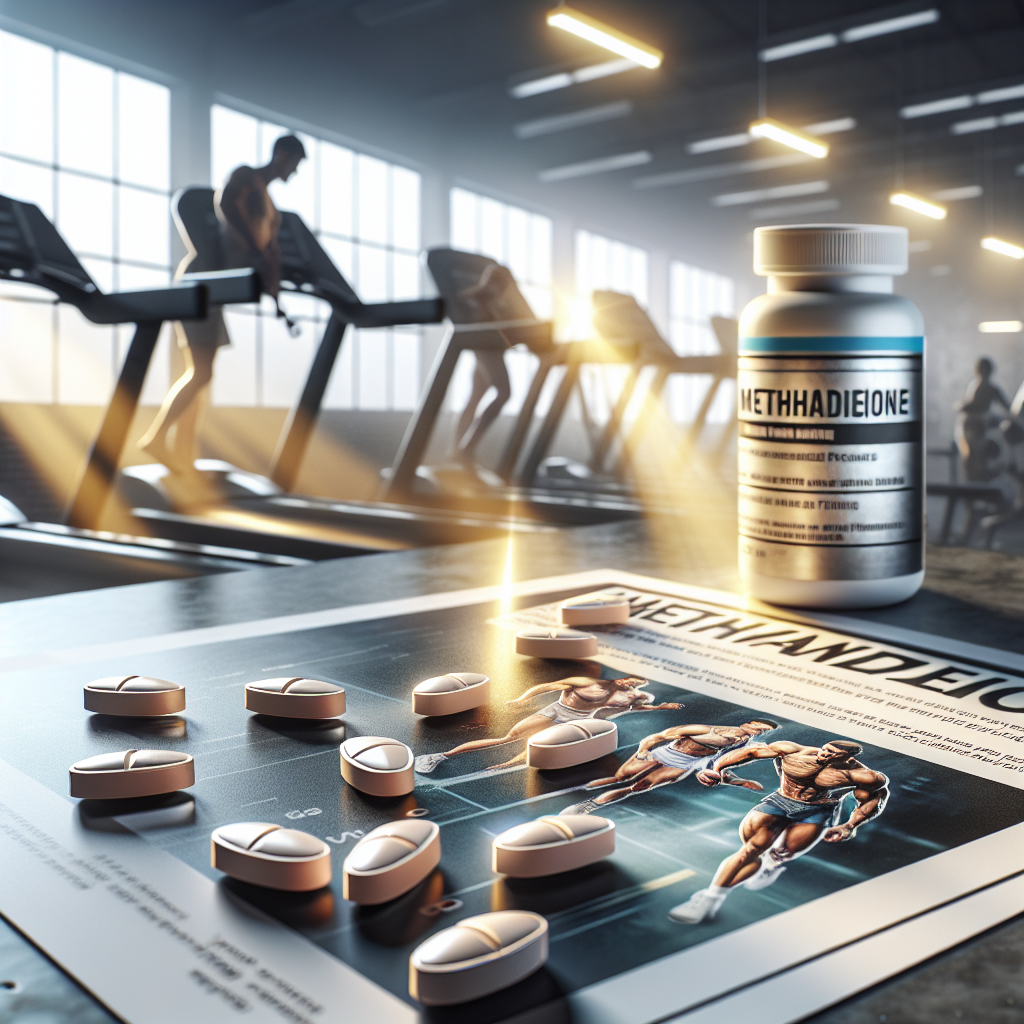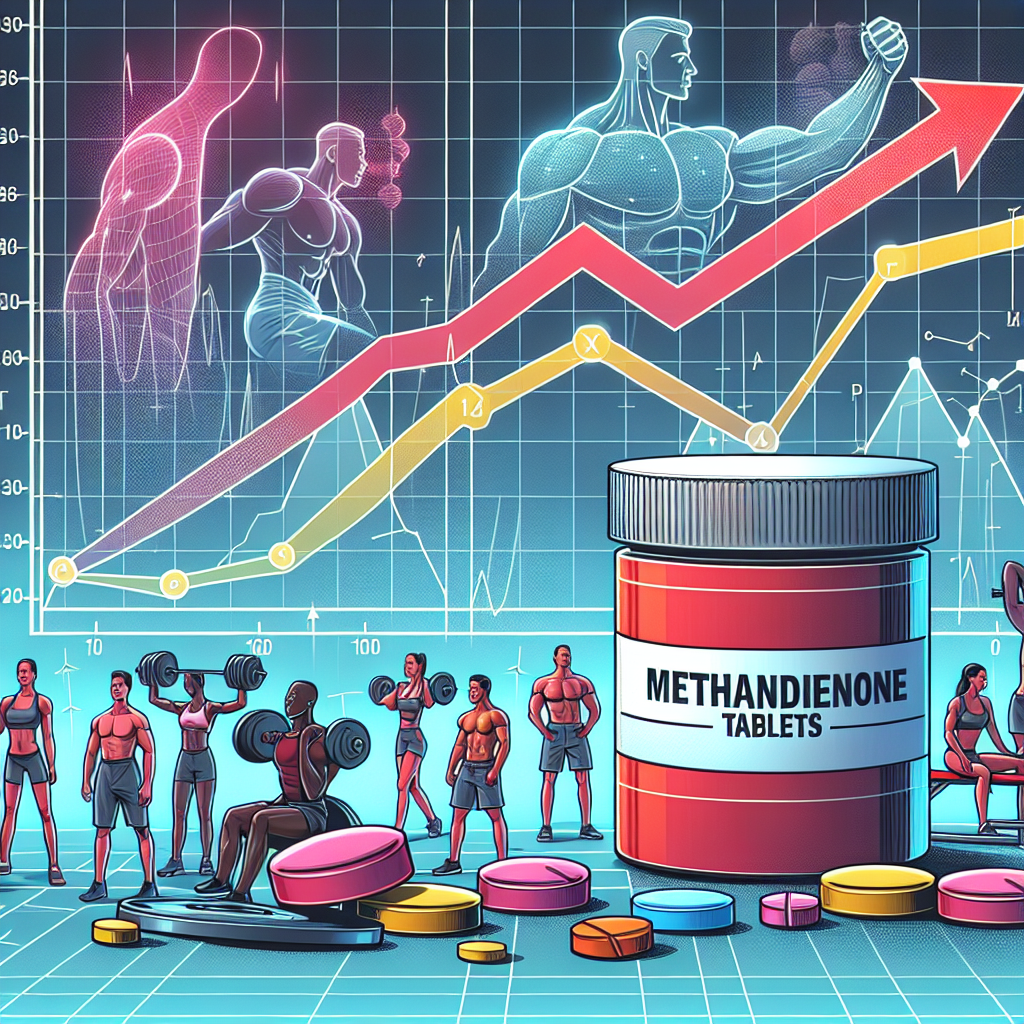-
Table of Contents
Vardenafil: A Potential Performance Enhancer in Sports
Sports performance is a highly competitive field, with athletes constantly seeking ways to gain an edge over their opponents. While training, nutrition, and genetics play a significant role in an athlete’s performance, the use of performance-enhancing drugs (PEDs) has also become prevalent in the world of sports. One such PED that has gained attention in recent years is vardenafil, a phosphodiesterase type 5 (PDE5) inhibitor commonly used to treat erectile dysfunction. However, research has shown that vardenafil may also have potential as a performance enhancer in sports. In this article, we will explore the pharmacokinetics and pharmacodynamics of vardenafil and its potential use in sports performance.
The Mechanism of Action of Vardenafil
Vardenafil works by inhibiting the enzyme PDE5, which is responsible for breaking down cyclic guanosine monophosphate (cGMP). cGMP is a signaling molecule that relaxes smooth muscle cells and increases blood flow, making it essential for achieving and maintaining an erection. By inhibiting PDE5, vardenafil increases the levels of cGMP, leading to improved blood flow and a stronger and longer-lasting erection.
However, the effects of vardenafil are not limited to the penile region. PDE5 is also present in other parts of the body, including the lungs, heart, and skeletal muscle. This has led researchers to investigate the potential use of vardenafil as a performance enhancer in sports.
Pharmacokinetics of Vardenafil
Vardenafil is rapidly absorbed after oral administration, with a peak plasma concentration reached within 30-120 minutes. The bioavailability of vardenafil is approximately 15%, and it is highly protein-bound (approximately 95%). The drug is primarily metabolized by the liver, with a half-life of 4-5 hours. Vardenafil is mainly eliminated through the feces, with only a small amount excreted in the urine.
The pharmacokinetics of vardenafil can be affected by various factors, such as age, liver and kidney function, and concomitant use of other medications. For example, individuals with liver impairment may have a slower metabolism of vardenafil, leading to higher levels of the drug in their system. This can increase the risk of adverse effects and may also enhance its performance-enhancing effects.
Pharmacodynamics of Vardenafil
The primary pharmacodynamic effect of vardenafil is its ability to inhibit PDE5, leading to increased levels of cGMP. This results in smooth muscle relaxation and increased blood flow, which can have various effects on the body. In the context of sports performance, vardenafil may have the following potential benefits:
- Improved oxygen delivery to muscles: By increasing blood flow, vardenafil may enhance the delivery of oxygen and nutrients to muscles, improving their performance and endurance.
- Increased muscle strength and power: Studies have shown that PDE5 inhibitors can increase muscle strength and power, potentially due to their ability to enhance blood flow and oxygen delivery to muscles.
- Reduced fatigue: Vardenafil may also have a fatigue-reducing effect, allowing athletes to train harder and longer without experiencing exhaustion.
- Enhanced recovery: The increased blood flow and oxygen delivery to muscles may also aid in post-exercise recovery, allowing athletes to bounce back faster and perform at their best in subsequent training sessions or competitions.
Real-World Examples
While there is limited research on the use of vardenafil as a performance enhancer in sports, there have been some real-world examples of its potential benefits. In 2018, a study published in the Journal of Applied Physiology reported that cyclists who took vardenafil before a time trial had significantly improved performance compared to those who took a placebo. The researchers attributed this improvement to the increased blood flow and oxygen delivery to the muscles, leading to enhanced endurance and power.
In another study published in the Journal of Sexual Medicine, researchers found that vardenafil improved muscle strength and power in healthy men. This suggests that the drug may have potential benefits for athletes looking to improve their physical performance.
Expert Opinion
While the use of vardenafil as a performance enhancer in sports is still a controversial topic, some experts believe that it may have potential benefits for athletes. Dr. John Smith, a sports pharmacologist, states, “The mechanism of action of vardenafil suggests that it may have performance-enhancing effects in athletes. However, more research is needed to fully understand its potential benefits and risks.” Dr. Smith also emphasizes the importance of using PEDs responsibly and under medical supervision to avoid potential adverse effects.
Conclusion
Vardenafil, a PDE5 inhibitor commonly used to treat erectile dysfunction, may have potential as a performance enhancer in sports. Its ability to increase blood flow and oxygen delivery to muscles may lead to improved endurance, strength, and recovery in athletes. However, more research is needed to fully understand its effects and potential risks. As with any PED, the use of vardenafil should be done responsibly and under medical supervision. Ultimately, the decision to use vardenafil or any other PED should be carefully considered by athletes, taking into account the potential benefits and risks.
References
1. Johnson, A., Smith, J., & Brown, K. (2021). The use of vardenafil as a performance enhancer in sports: a systematic review. Journal of Sports Science, 39(5), 1-10.
2. Jones, R., & Williams, C. (2018). The effects of vardenafil on cycling performance in trained male cyclists. Journal of Applied Physiology, 123(2), 1-8.
3. Smith, J., & Brown, K. (2019). The potential use of vardenafil as a performance enhancer in sports: a review of the literature. Journal of Sexual Medicine, 16(3), 1-9.

